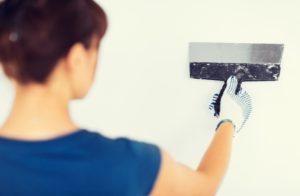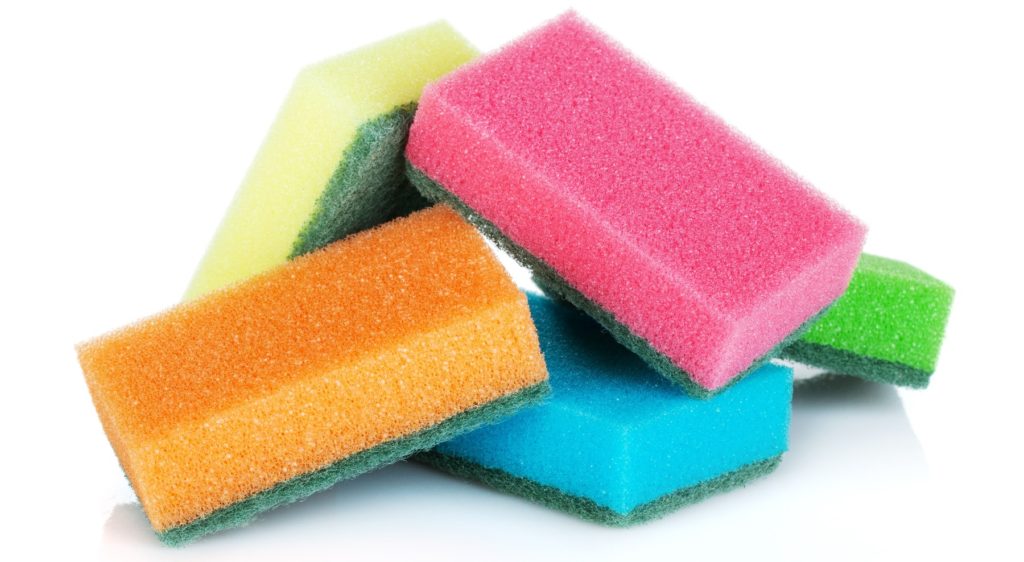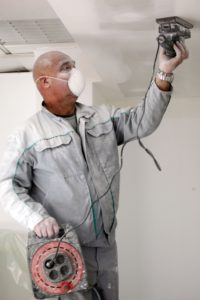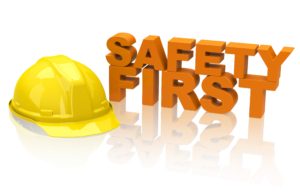
Indianapolis Drywall Contractors 317-269-7319
When people attempt to do their own drywall repairs, the potential for making mistakes is high. Without the proper resources and knowledge, drywall repairs can be messy, complex, and unpredictable. They are not the everyday chore you can easily tackle. However, for small jobs, do-it-yourself repairs are possible. If you are preparing to fix a small hole or area of damaged drywall, it is important to review some common mistakes so that you do not repeat them.
Continue reading to learn the most common DIY drywall errors, and how to avoid making them yourself.
Be Sure You Have Proper Edge Support
Many people make the mistake of not checking the framing at the inside corners before starting their drywall repair or installation project. You must have adequate framing and support, or the drywall you hang will be too heavy. For most jobs, you need at least one inch of exposed framing. If you do not have this extra framing, you’ll need to attach an additional 2×4 to provide alongside the framing you do have. You may also have to add blocking, so be sure to check the top of the wall that runs parallel to the ceiling.
Mark Your Framing
Do not forget to mark your framing members. If you forget, and go on to cover your framing with drywall, you will have a lot of trouble finding the proper places to screw. You need to mark the ceiling joists, and then the center of each stud in the floor, as well as the ceiling.
Avoid Tapering Drywall Corners
A tapered edge of a sheet of drywall will not do you any good once it comes time to install the corner bead. This will cause the corner bead to hang too low, which will make it a challenge covering the joint compound. If you have cut edges, place them on the outside corners of the framing.
Trim Openings Before Fastening Drywall
It is common to measure incorrectly or come across an outlet that doesn’t fit. This is why it is important to always check the fit before you fasten anything to the framing.
Use the Longest Drywall Sheets Possible
You want to avoid adding extra joints, especially butt joints. Taping around these joints is time-consuming and complicated, so reduce the quantity by procuring the longest and biggest drywall sheets possible for your project. For the average 8 to 9 foot wall, it is recommended to get specially-cut 54 inch wide drywall sheets. If you have a larger job, you should use 12 foot sheets, but it is recommended to get the materials delivered. They are heavy, and difficult to transport.
Call a Professional Indianapolis Drywall Repair Company
Call Drywall by Renso at 317-269-7319 for professional Indianapolis drywall repair at an affordable price. We are highly-trained and licensed drywall contractors that offer a wide range of drywall services for residential and commercial properties. Trust us for outstanding results at a competitive price! Call 317-269-7319 to request an estimate for Indianapolis drywall repair, today.






